Have you heard the term “Dr. Google”? That’s when you turn to search engines and the Internet to provide health and medical information – and unless you know how to vet sources, it is a mine field of faulty information. Here are 17 foods that you might have heard are “healthy”, but we have the whole story. PS: the moment a food becomes a trend, research carefully. We’re looking at you bulletproof coffee!
Impossible & Beyond Burgers

Impossible and Beyond Burgers are plant-based burgers that are suitable for vegan or vegetarian lifestyles, however, they are not a health food. The highly processed patties have about as many calories (240-260) and as much saturated fat (5-8 grams) as a lean hamburger. Instead of just being their own thing, they attempt to mimic meat, using scientifically engineered textures, smells and flavors. Ingredients such as soy leghemoglobin, made from genetically modified yeast, are used to give the appearance of blood. We’d rather have a homemade bean or grain-based burger based on whole foods. Your choice.
Packaged Fat-Free Foods
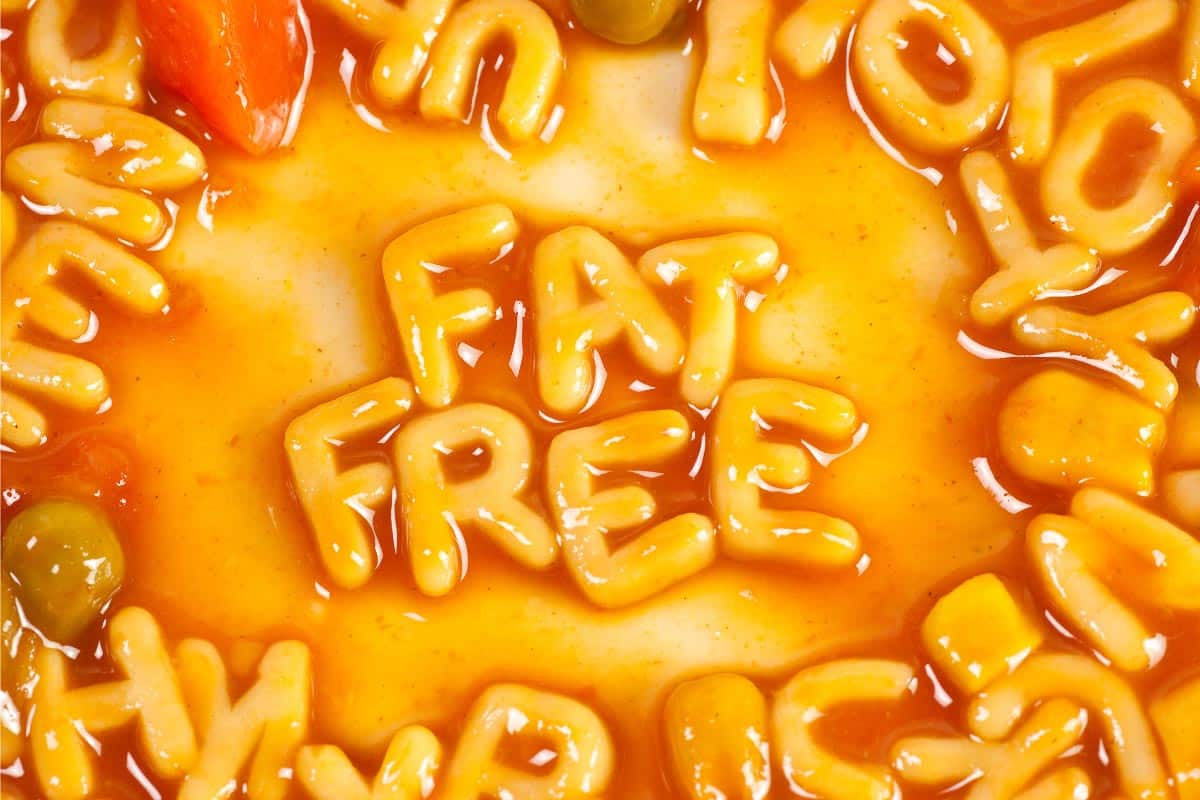
Some fat-free foods, such as plain yogurt, skim milk, fruits and veggies can be healthier choices. However, many fat-free prepared products contain added sugars, like high fructose corn syrup, large amounts of salt (sodium) and chemical additives to compensate for the missing fat. It is important to include fat in your diet for energy and to help you absorb vitamins. Avoid saturated and trans fats, but do not fear the healthy fats found in nuts, seeds, avocados, and fish like salmon and sardines.
Gluten-Free Foods

Gluten is a protein found in wheat, barley, and rye grains. Gluten-free products may not necessarily be healthier for you unless you have celiac disease or gluten sensitivity. Many commercial gluten-free products are high in refined carbs, sugar, and salt. Gluten-free diets are not meant to help with weight loss, and you may miss out on the B vitamins and iron that are often added to wheat. They also often cost more! It is always appropriate to speak with your doctor about whether a gluten-free diet would be beneficial for you.
Store Bought Smoothies

Some store-bought smoothies contain a lot of added sugar, which a small amount of fresh fruits or veggies. Making your own smoothies using whole foods such as kale or baby spinach for a veggie boost, low-fat milk or yogurt for protein, and a little fresh or frozen fruit for fiber and sweetness can be a healthier alternative. Watching your serving size is also important as calories can add up quickly. Here is a green smoothie you can try.
Coconut Oil

Coconut oil is a type of oil that is high in saturated fat, which can raise your cholesterol levels. The health benefits of coconut oil for weight loss and type 2 diabetes control are not well established. It is recommended to limit saturated fat to less than 10% of your daily calories. Instead of coconut oil, you can use canola, olive, peanut, or sunflower oil, which all have less saturated fat.
Energy Bars

Energy bars are marketed as a quick and healthy snack but can be loaded with sugar, saturated fat, and processed ingredients. Look for bars with a short list of natural and whole-food ingredients such as nuts, dried fruits, whole grains and seeds. It is also important to remember that energy bars are snacks and not meant to replace a meal; aim for less than 300 calories per bar.
There are many to choose from and once you read labels, you will see they are not all the same. Some are high carb, some are high protein – and some might as well be called a candy bar. If you want chocolate, get a high quality chocolate bar!
Flavored Yogurt

Flavored yogurts often contain high amounts of added sugar, even in small servings. Instead of choosing sweetened yogurt, it is best to opt for unsweetened yogurt whenever possible and add fresh fruit for natural sweetness. Same goes for alt dairy sweetened versus unsweetened yogurts.
Bulletproof Coffee

Bulletproof coffee, which blends coffee with grass-fed butter and MCT oil, might keep you full longer, but the saturated fat in coconut oil and butter can also raise your cholesterol levels and increase the risk of heart disease. As for whether it improves brain function or boosts energy, plain old black coffee has been shown to do that. Save your money and calories.
Sports Drinks & Energy Drinks
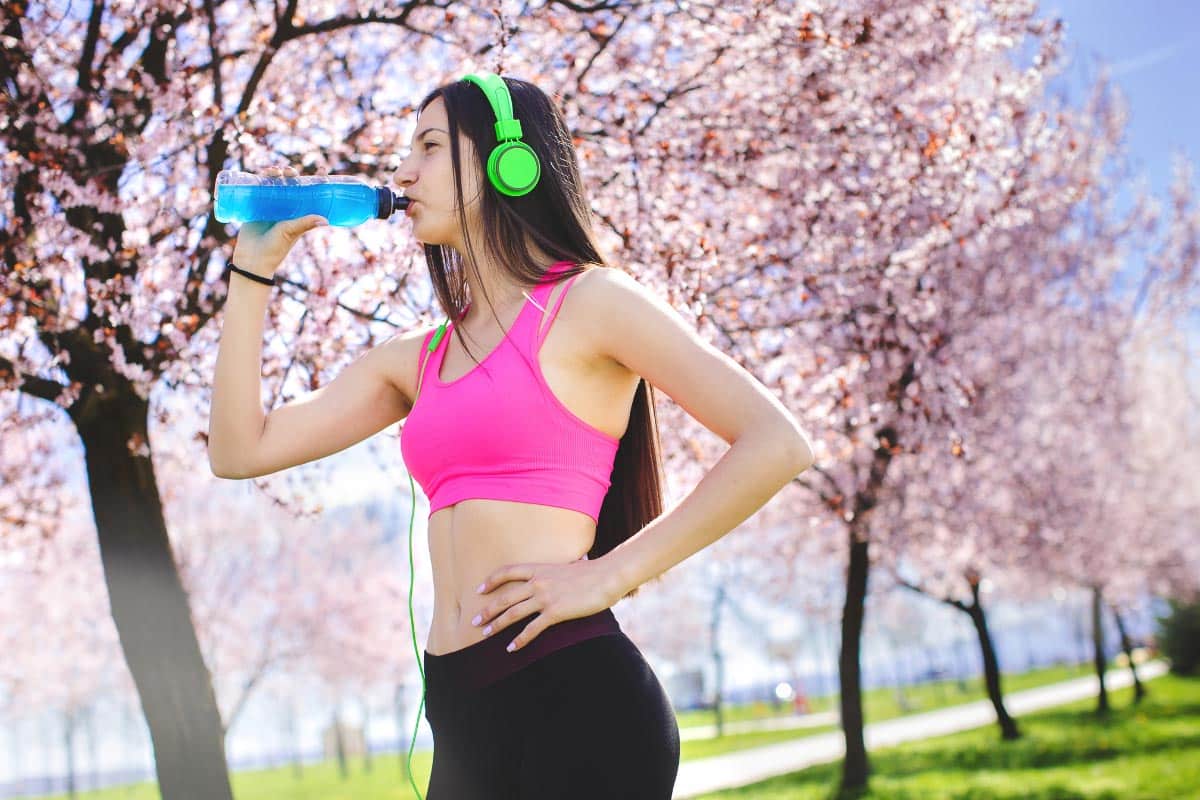
Sports drinks and energy drinks are marketed as ways to boost energy and athletic performance, but are unnecessary for most people – and can be high calorie. They can also be high in added sugar, artificial colors, and stimulants such as caffeine. While some athletes may need sports drinks to replenish lost nutrients after intense exercise, most people who perform moderate exercise, or normal daily activity, do not need sports drinks to stay hydrated. Fill that water bottle – with water!
Diet Soda

By now we would hope that everyone knows that diet soda is not a healthy alternative to anything. Diet soda, although it contains no sugar or calories, has been associated with health issues such as an increased risk of metabolic syndrome, a group of symptoms that include increased belly fat, blood sugar, blood pressure, and blood fat levels. Studies suggest that diet soda may contribute to these health issues by altering brain responses to food, and increasing the desire for highly palatable foods, which are often high in fat, sugar and sodium. And kids? Best not to get introduce diet sodas to them in the first place.
Granola

Granola was one of the original “health” foods, but they are not all created equal. Granola is often considered healthy because it is based on high-fiber oats, but many brands contain saturated fats like coconut oil, and quite a bit of added sugar. Making your own granola using rolled oats, nuts, dried fruit, vegetable oil, spices and maple syrup can be a healthier alternative. Here is a Gingersnap Granola that is easy and delicious in a bowl with milk, or to eat as a snack.
Frozen Yogurt
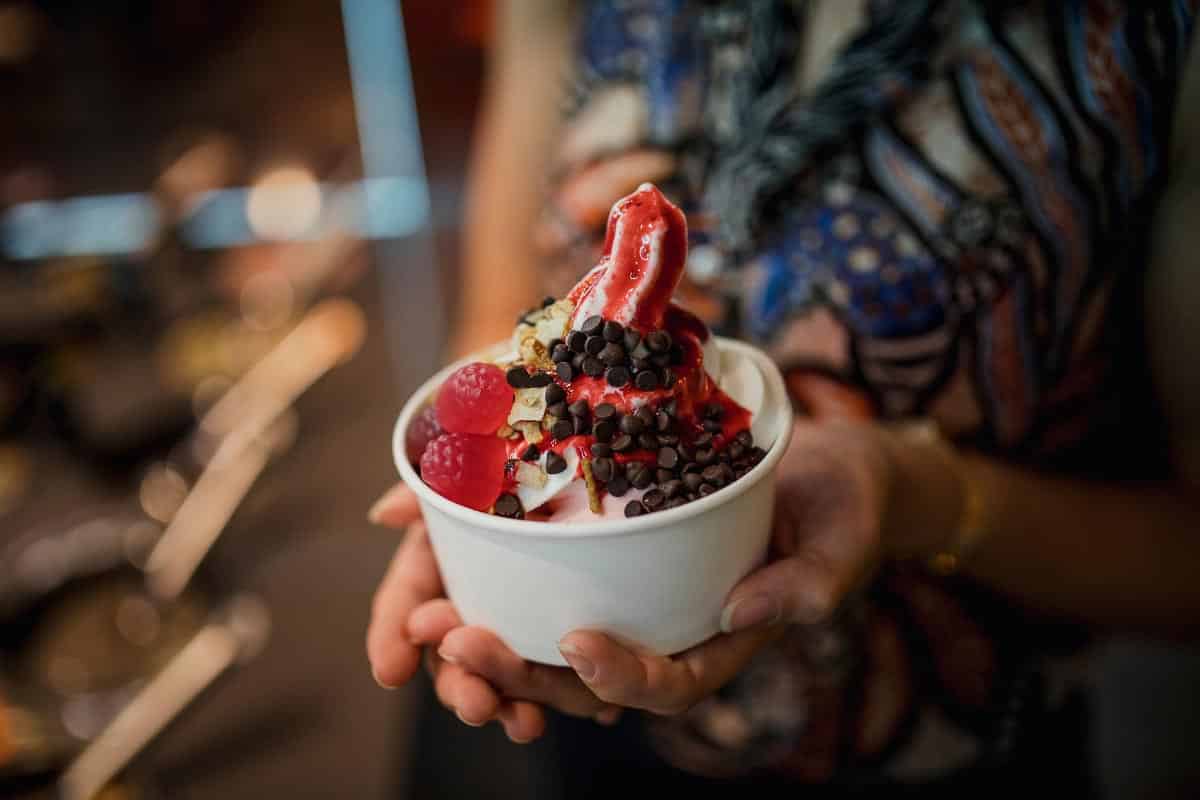
Frozen yogurt is in a class unto itself; entire food chains are devoted to it. Also known as “Fro-Yo”, it is a dessert that many people enjoy. But that’s the kicker: it is a sugar laden dessert, not a “health” food. In fact, it may not always be healthier even compared to regular ice cream. While it is generally lower in fat, it can be high in added sugar, and most frozen yogurt stores, especially the self-serve ones, offer large volume cups, and a huge variety of high-calorie toppings. Most people do not stop at one topping, and these can add significant amounts of added sugar, as well as drive up the calories.
Kombucha Tea

Kombucha is a slightly fizzy fermented tea with a sour taste. It contains a small amount of alcohol, although less than most beer, but this still means it is not child appropriate. Some studies suggest that kombucha may lower inflammation and promote gut health, however, its health benefits are still largely unclear. Some brands can be very high in sugar, so as always, read labels. In addition, several cases of illness, and at least one death, have been reported since the 1990s in people who drank kombucha. Issues included allergic reactions, liver problems, lactic acidosis (a buildup of lactic acid in the body), and nausea. The FDA says kombucha is safe when properly prepared; drinker beware.
Agave

There is so much confusion when it comes to “sugar”. Agave comes from the agave plant and contains small amounts of iron, calcium, potassium, and magnesium, however, agave is not necessarily healthier than table sugar. Agave nectar or syrup contains just as many carbs and calories as sugar, and 70%-90% more fructose. If you have fructose intolerance, this is a nightmare. Like other added sugars, it is best to limit your intake.
Sweetened Plant-Based Milks
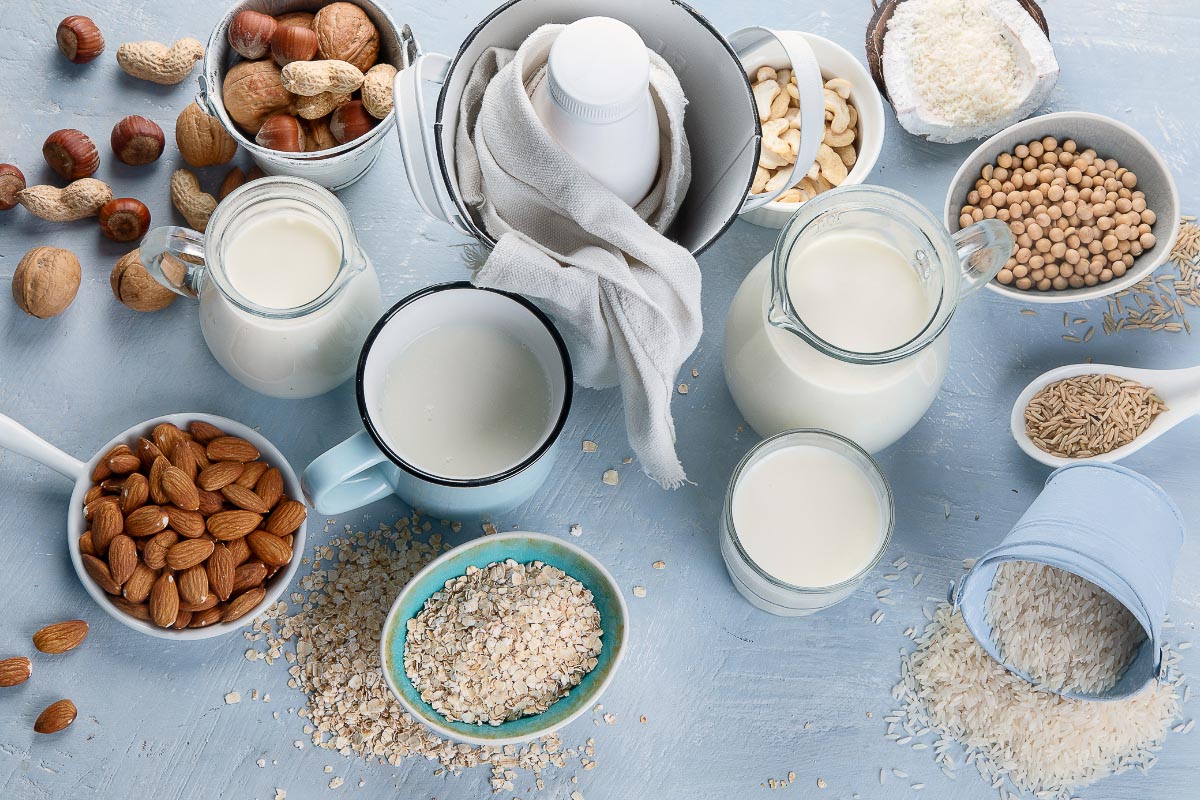
Plant milks have become increasingly popular as more people transition to a plant-based diet – but many are high in sugar. In fact, most have sugar listed high up on the ingredient label, often as the second ingredient. It is a good idea to choose unsweetened nut milks if you want to moderate your intake of added sugar, and luckily most brands do offer an unsweetened choice. In addition, many plant-based milks contain gums and thickeners that can trigger digestive upset in some people. Read labels.
Himalayan Pink Salt
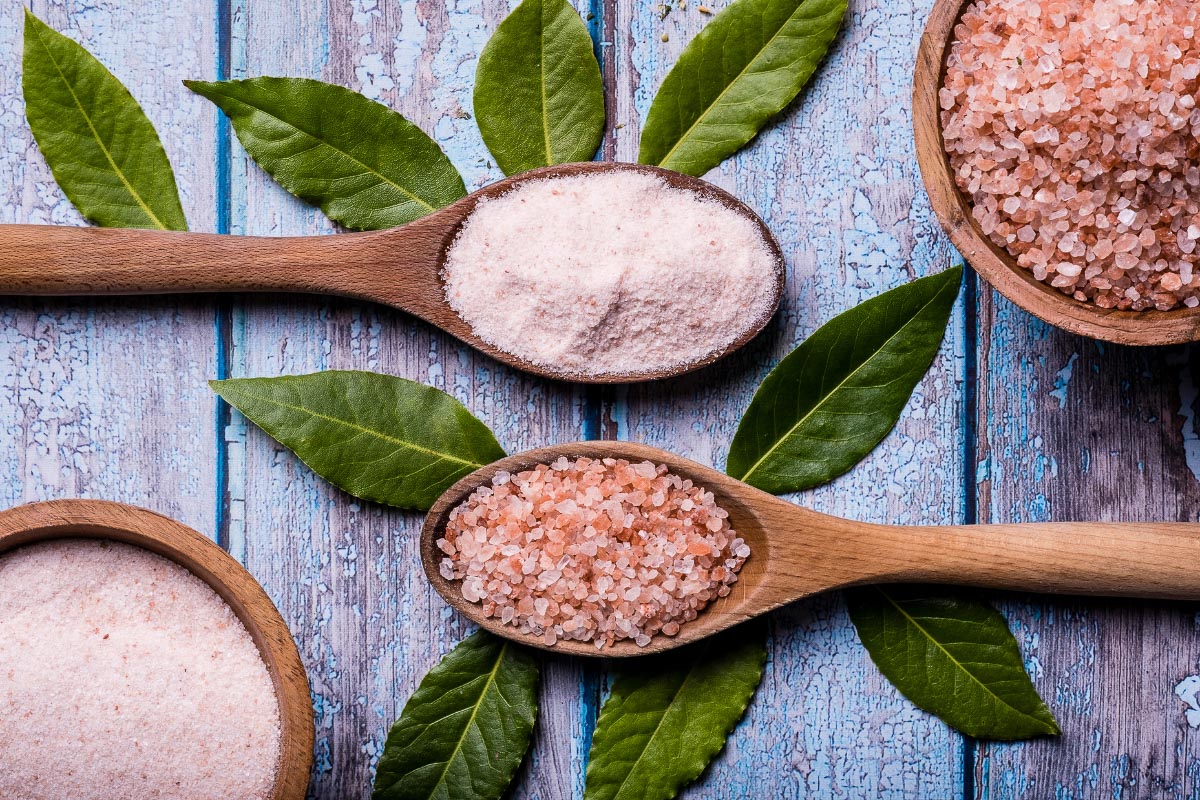
Himalayan pink salt is a type of salt that is naturally pink in color and mined near the Himalayas in Pakistan. Some people claim that it is loaded with minerals and provides incredible health benefits, ranging from improved respiratory function, balancing your body’s pH, reduce the signs of aging, improve sleep, regulate blood sugar, and even increase libido. It does contain some minerals that differentiate it from table salt, but you would have to eat cupfuls (not a good idea).
Little vigorous research on pink Himalayan salt exists. It is true that proper sodium levels can have an affect on these aforementioned medical issues, but it doesn’t have to be Himalayan pink salt. In addition, manufacturers that tout Himalayan pink salt on their label are charging more for those products, too. If you think it’s pretty and tasty, go for it, but just for its salty taste, not for any miraculous reasons.
Alternative Sweeteners

More and more alternative sweeteners, or “alt sugars” are appearing on their market. Low-calorie sweeteners, artificial sweeteners, and noncaloric sweeteners are non-nutritive sweeteners (NNSs), as they offer no nutritional benefits. They come under many names, such as Aspartame (NutraSweet® and Equal®), Sucralose (Splenda®), Acesulfame-K (Sweet One®), Neotame, and Saccharin (Sweet’N Low®). Saccharin has actually been banned in many countries. Sugar alcohols (like erythritol, mannitol, and sorbitol), stevia (Truvia® and PureVia®), monk fruit ,and allulose can cause bloating, gas and diarrhea.
These sugars may be low in calories or have no calories, but that isn’t the whole story. Clinical studies have shown NNS consumption can induce gut microbiota dysbiosis and promote glucose intolerance in healthy individuals that can result in the development of type 2 diabetes. Other health concerns include abdominal obesity, high triglyceride level, low HDL cholesterol level, high blood pressure, and high fasting blood sugar.
Save Your Dog’s Life by Avoiding These 12 Foods

Our dogs bring so much to our lives, and we spend time every day walking them, feeding them, and generally addressing their well-being. But did you know that some commonly found foods – that might in your kitchen or somewhere your dog can reach, right now – could be deadly for your pooch? Here are 12 foods you should never feed or allow your dog to accidentally ingest.
To be prepared, keep the contact details of your local veterinarian, the nearest emergency clinic, and the ASPCA Animal Poison Control Center (888-426-4435) at hand. Click for Save Your Dog’s Life by Avoiding These 12 Foods
6 Gas Station Chains With Food So Good It’s Worth Driving Out Of Your Way For

We scoured the Internet to see what people had to say about gas station food. If you think the only things available are wrinkled hotdogs of indeterminate age, and day-glow slushies, we’ve got great, tasty news for you. Whether it ends up being part of a regular routine, or your only resource on a long car trip, we have the food info you need. Let’s look at 6 gas stations that folks can’t get enough of and see what they have for you to eat. Read 6 Gas Station Chains With Food So Good It’s Worth Driving Out Of Your Way For
18 of the World’s Deadliest Foods: How Many Are You Eating?
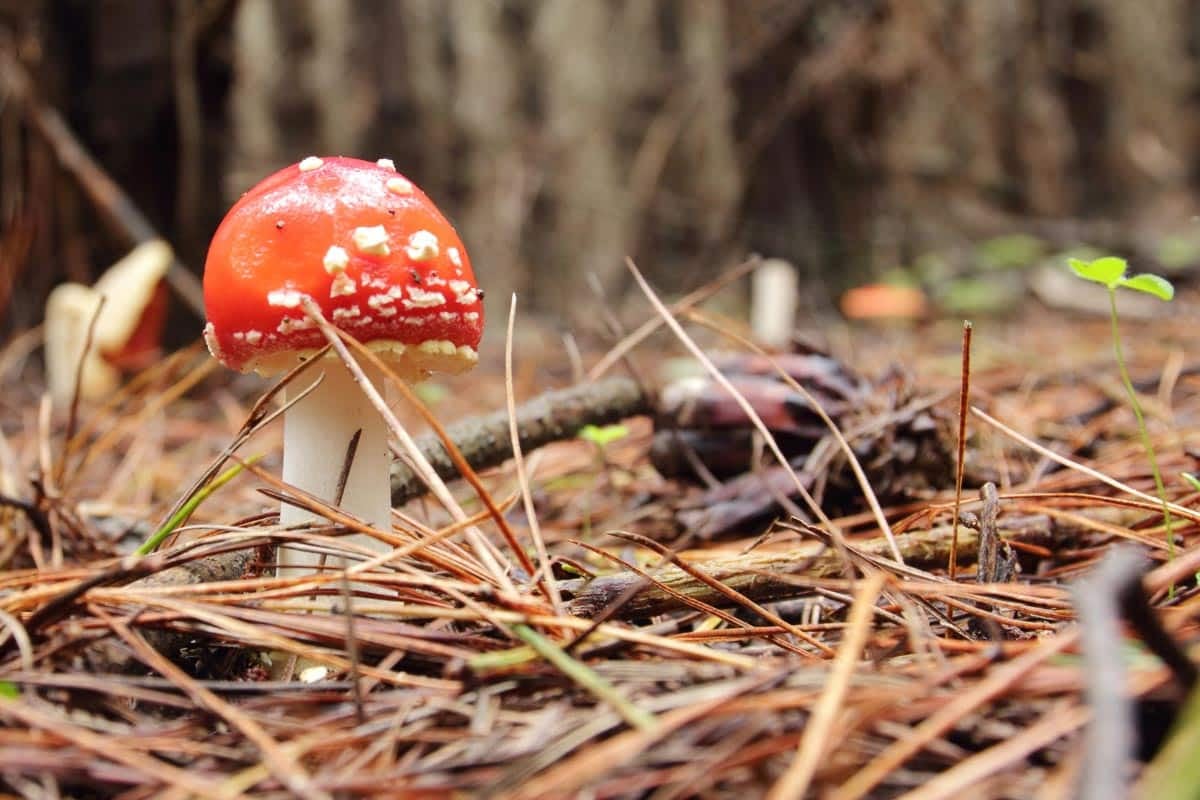
Whether you eat to live, or live to eat, let’s make sure you live to see another day! These are some of the world’s deadliest foods. They can bring on extreme symptoms, ranging from paralysis to seizures, choking and even death, so don’t go tucking these into your lunchbox. Click for 18 of the World’s Deadliest Foods: How Many Are You Eating?
10 Of The Worst Tasting Drinks People Pretend To Like

Hold onto your taste buds, because we’re about to embark on a flavor-filled adventure through the realm of beverages! Sure, we all need water to survive, but let’s be real – drinks are so much more than just basic hydration. Recently, the question of which beverages people secretly think taste awful sparked a fiery debate. Boozy elixirs, non-alcoholic refreshments, and everything in between were thrown into the mix. Brace yourself as we unveil the truth behind the drinks we pretend to love. Get ready for a wild ride of taste revelations! Read 10 Of The Worst Tasting Drinks People Pretend To Like







